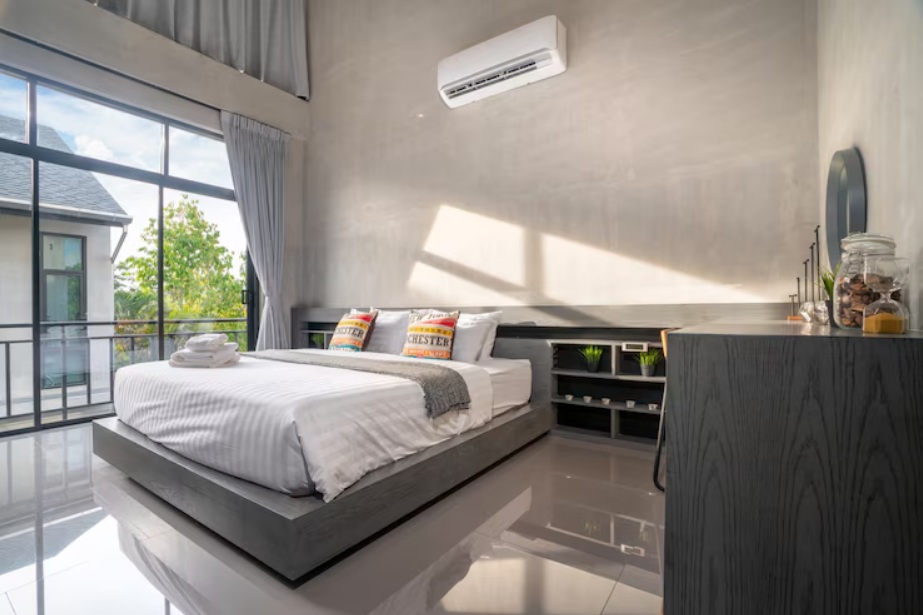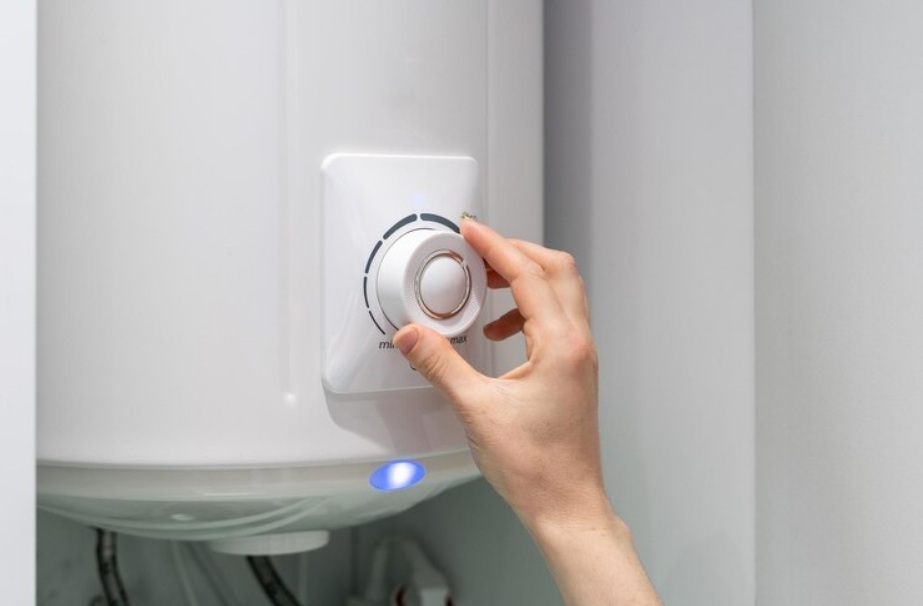Blog
Introduction
Moisture levels aren’t always apparent in a home, but they have a significant impact on how you perceive the temperature in a particular space. If you feel that your Lufkin, Texas, home is hotter or colder than what your thermostat readings are reporting, you may be dealing with humidity issues. Both low and high humidity levels can be problematic. It’s important to keep humidity in the sweet spot so you can keep your family comfortable and your home safe.
Dry Air Drops Heat
With humidity, dry air simply lacks the capacity to retain warmth efficiently, meaning it can’t hold in heat, no matter how much you pump into your home. This means you’ll probably spend the whole day heating your home with lackluster results. If you’re struggling with a persistently cold home in the winter, low humidity may be part of the cause.
Other symptoms of low household humidity include:
- Dry skin
- Dry, itchy sinuses
- Irritated throat
- Itchy eyes
- Persistent cold-like symptoms
- Increased static electricity
If the humidity is too low in your home, you can solve the problem by increasing the water content in the air. A trained McWilliams Heating, Cooling and Plumbing technician can help you choose and install a whole-house humidifier to create more humidity in your home.
Humidity Holds Heat In
If you have high humidity levels in your home, you’ll notice that it feels much warmer than usual. If you feel like the temperature reading on your thermostat is lower than the temperature you’re feeling in your home, humidity could be the cause. High humidity levels can also do severe damage to your home. Mitigate, mildew, and dust mites thrive in humid conditions. These can cause allergy and asthma symptoms, making you and your family uncomfortable in your home.
If the excess humidity settles in the floors or walls, it can also cause structural damage to the building. High humidity may cause the floor boards to warp or create a mitigate-friendly environment in your walls.
If you’re battling high humidity in your home, consider a consultation for a whole-house dehumidifier. This device will pull humidity right from the air, so that you can enjoy a drier, cooler space. Simply running your air conditioner more frequently will also help bring humidity levels down. Your air conditioner acts as a natural dehumidifier when it’s in good condition. Make sure you keep up with your annual maintenance so your air conditioner can run properly, removing moisture from the air.
Moderate Humidity Keeps You in Control
While humidity levels will fluctuate moderately with the seasons, a well-maintained home will keep humidity levels within a reasonable range all year. One of the most important things you can do to control humidity in your house is to keep it well sealed. Inspect your home for cracks or leaks. These are commonly found around the floor boards, electrical outlets, windows, and doors. Seal cracks in non-moving areas with caulk. Add weatherstripping around windows and doors to create a good seal.
Proper insulation throughout your home will also help keep moisture at bay. If your walls and attic are well insulated, moisture can’t creep through as much. Walls are harder to insulate after the construction phase, but you can spray in insulation if needed. A sealed, insulated envelope will make it easier to manage humidity in your home.
If you feel like your humidity levels are frequently fluctuating, it’s important to have your home examined for all possible causes. A clogged HVAC filter can slow air circulation and stop your air conditioner from removing humidity from your home. Proper maintenance is crucial to keep all aspects of your HVAC system in prime condition, particularly if you’re relying on a humidifier or dehumidifier to help you manage moisture in your home.
Are you struggling to maintain the right humidity levels in your home? Contact McWilliams Heating, Cooling and Plumbing at (877) 936-1974 to learn more about your options for getting humidity under control.
Image provided by Shutterstock
Share This :
Emily
Table of Contents
Discover New Blog Posts
In every household, maintaining clean and functional drains is crucial for daily convenience and hygiene. Clogged drains can lead to significant disruptions, from unpleasant odors […]
As temperatures in Cleveland rise and the summer sets in, a functioning air conditioning system becomes essential. Homeowners often find themselves dealing with various AC […]
Tankless water heaters are increasingly popular in Cleveland homes, offering a more efficient way to provide hot water compared to traditional storage tank units. However, […]







 7
7 
